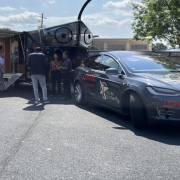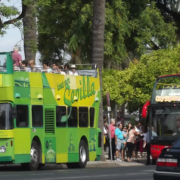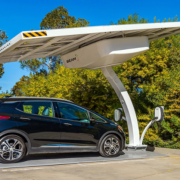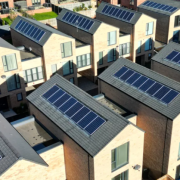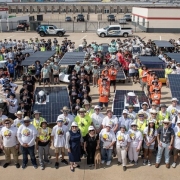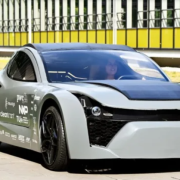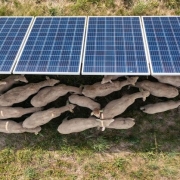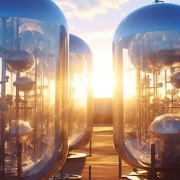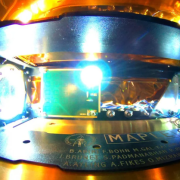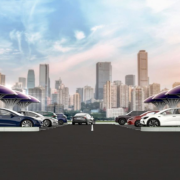Reversing climate change can often seem like a herculean effort requiring massive investment in futuristic technologies.
But a group of four researchers from Switzerland is driving across the U.S. solely on sun power to prove that many bright solutions to reduce greenhouse gases are right at the world’s fingertips.
The group brought the Solar Butterfly — a solar-powered tiny house pulled by a Tesla — through Lawrenceville last Tuesday on the second continental leg of what will be a 90-country world tour.
Click here to read the full article
Source: Global Atlanta
—
If you have any questions or thoughts about the topic, feel free to contact us here or leave a comment below.

